Parmigiani Fleurier’s in-house watchmaking is as comprehensive as any in Switzerland. Yet the story of the company’s operations is complex: Its components are made in facilities that span the small towns of the Canton of Neuchâtel. Cases, baseplates, screws, and dials all come from their own highly specialized production sites. Because all of these highly technical factories are owned by Parmigiani Fleurier, the components they make are rightfully called in-house.
Watch Wednesday: Factory Tour with Parmigiani Fleurier
An inside look at an exclusive Swiss watchmaker.
BY JONATHAN BUES August 02, 2017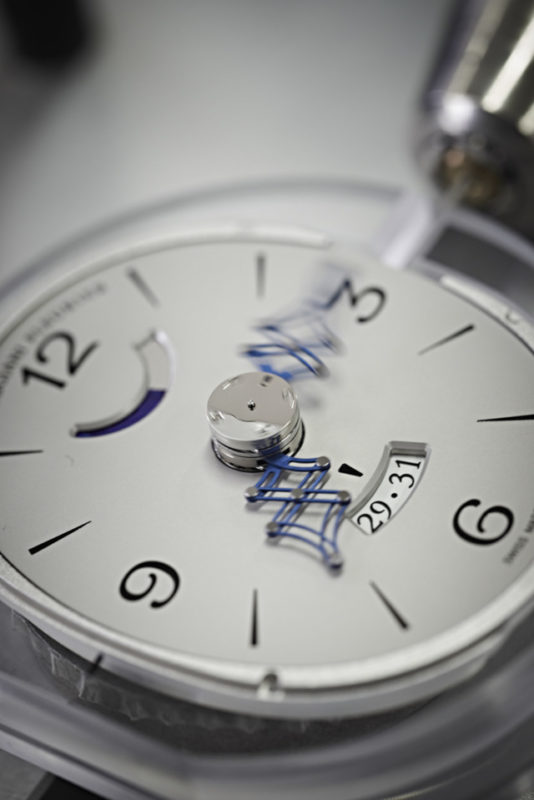
This process of extreme specialization and collaboration among factories—a very traditional approach to watchmaking—is known in Switzerland as etablissage. Its roots are in a cottage industry of suppliers who traditionally plied their seasonal trade in farmhouses to generate income during Switzerland’s snowier months.
A Parmigiani Fleurier mechanical caliber takes shape at Vaucher Manufacture, a Parmigiani-owned movement maker nestled in the heart of Fleurier, a small town with an outsize preponderance of watchmakers. Pinions, screws, and other turned components are made on 100-plus-year-old mechanical lathes at Elwin, another Parmigiani-owned facility just outside of town. Cases hail from Les Artisans Boîtiers, in the town of La Chaux-de-Fonds, while dials come from Quadrance et Habillage. Some of the most complex and secretive work goes on at Atokalpa, yet another Parmigiani-owned factory, which specializes in crafting escapements, including notoriously hard-to-make hair springs.
Operating out of numerous sites throughout Switzerland and manufacturing only about 5,000 timepieces per year in total means that Parmigiani has the access and the capacity to craft highly specialized components, including screws, escapements, dials, cases, and movements that have been known to make their way into the wares of the world’s most exclusive watchmakers. Greubel Forsey, A. Lange & Söhne, Patek Philippe, Chopard and many more rely on Parmigiani’s expertise for one watch part or another. These are companies whose reputations precede them. That they choose to enlist Parmigiani Fleurier is telling.
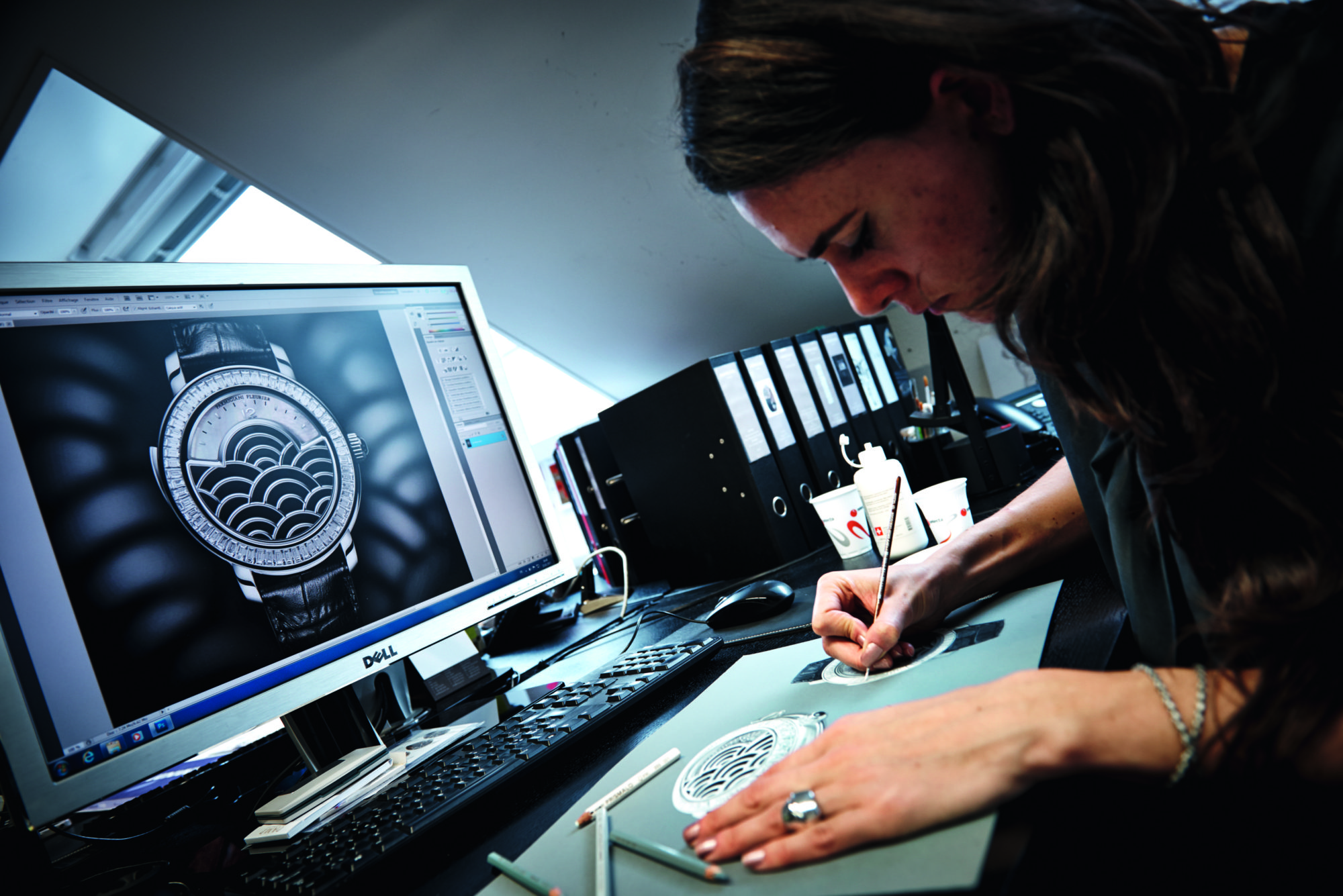
Designing dials with pencil and paper.
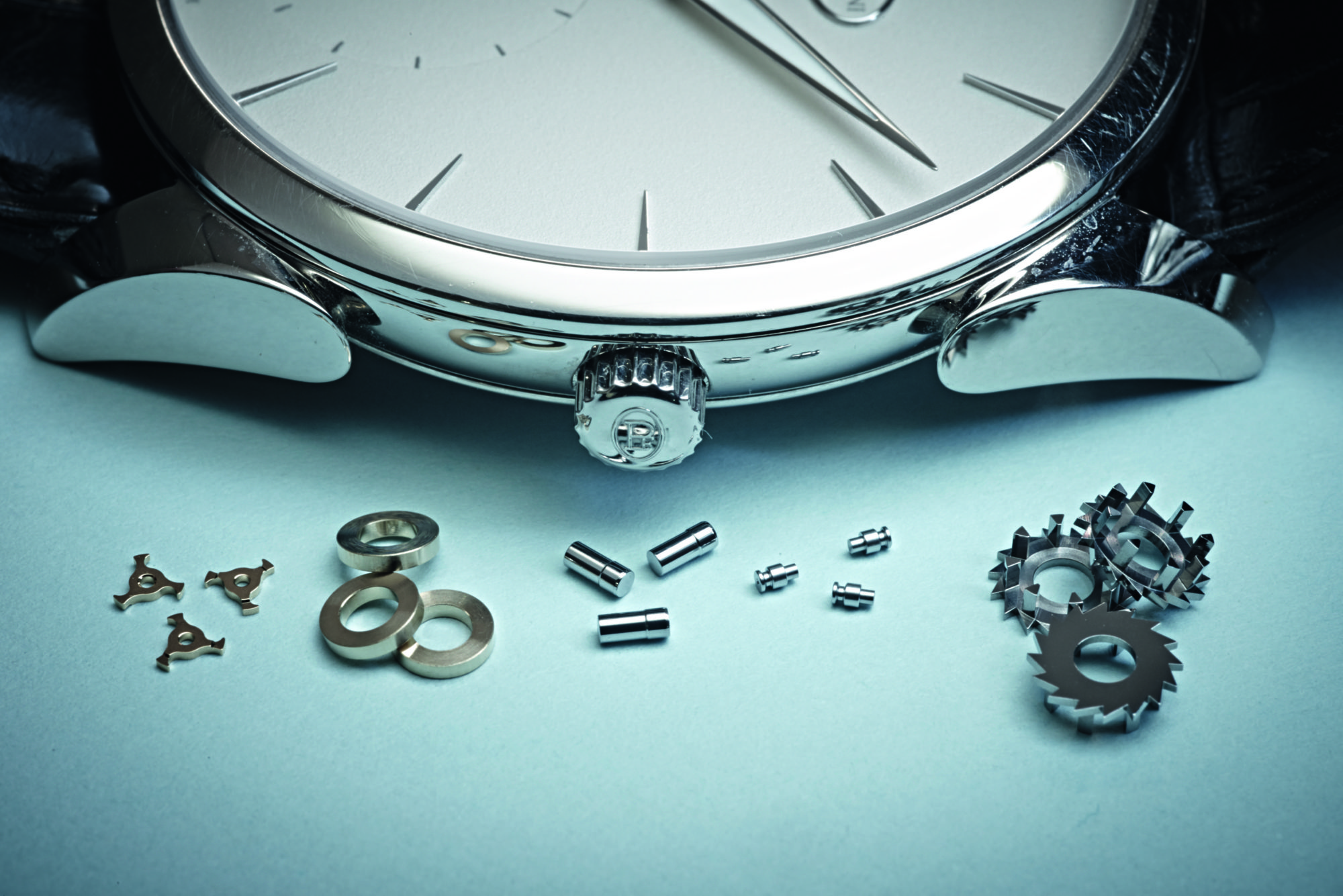
Elwin makes all of Parmigiani’s turned components, such as screws, pinions, and wheels.
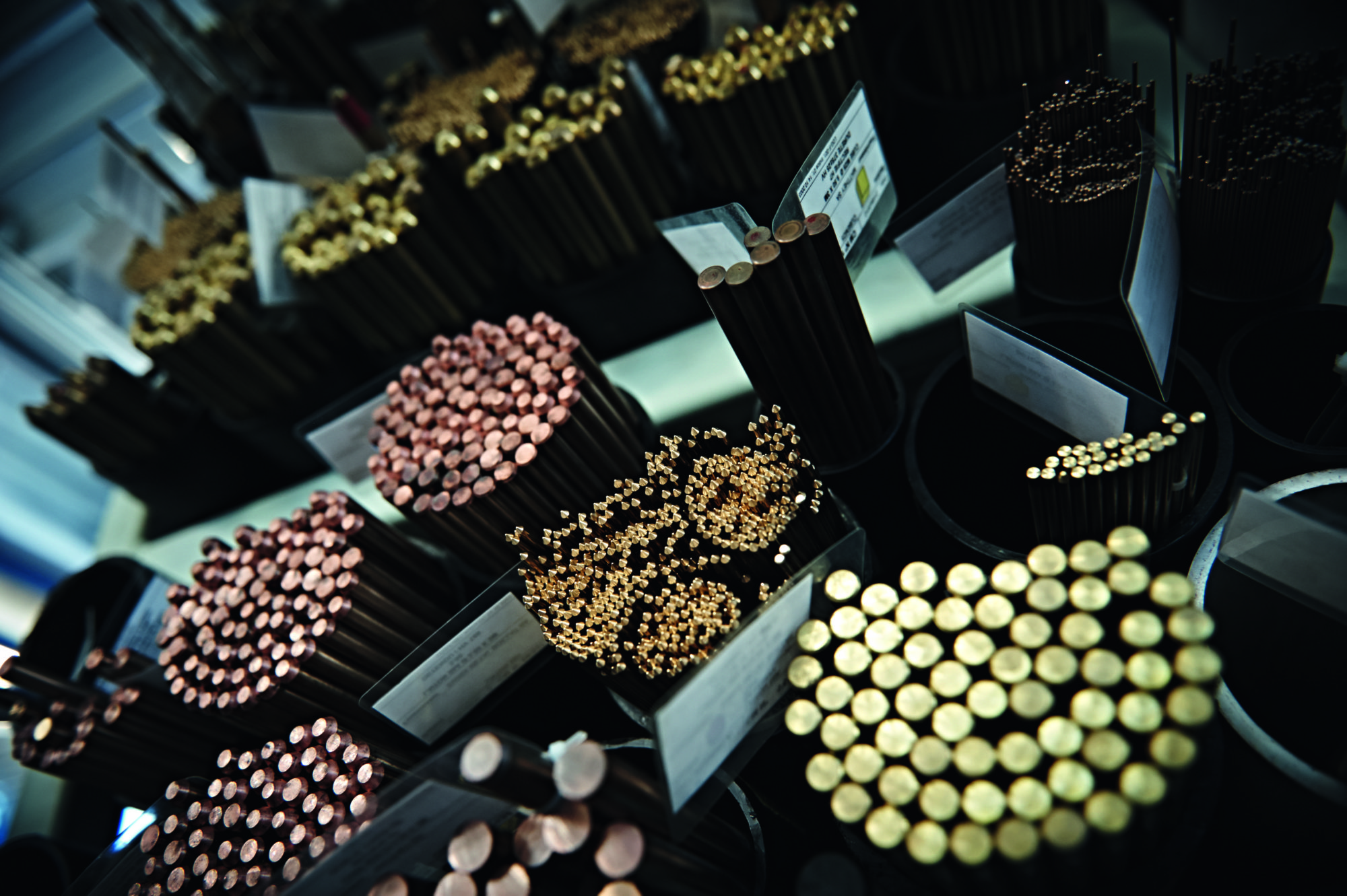
Raw metal stock for turning components.

Making watchcases at Les Artisans Boîtiers.
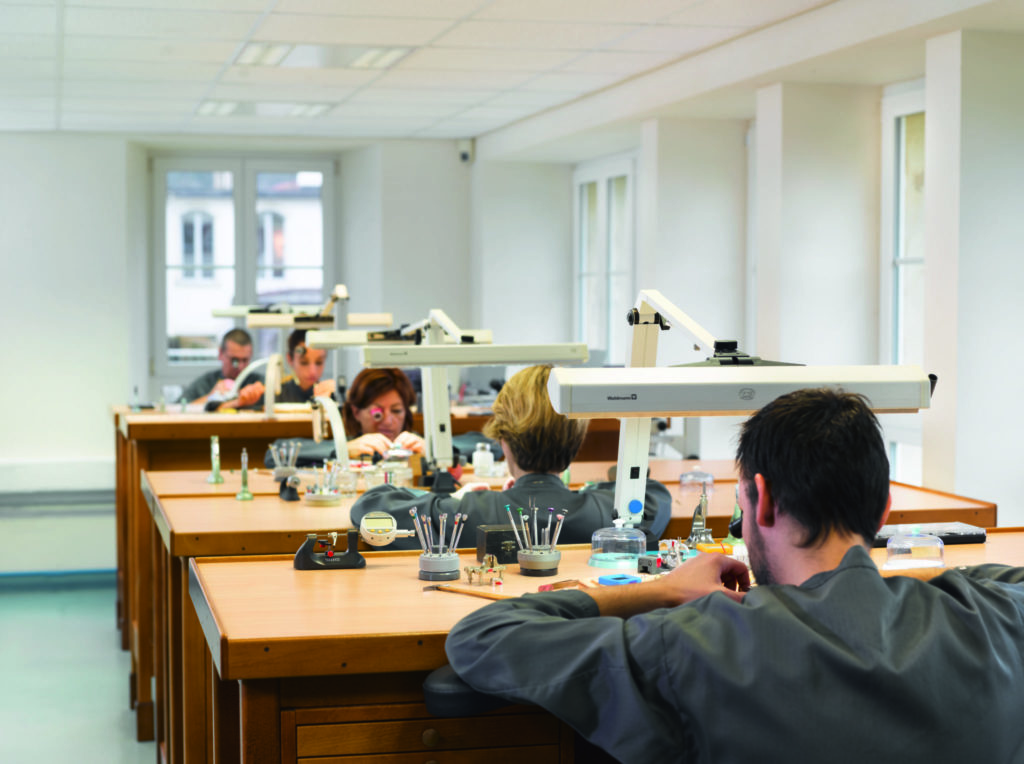
Watchmakers assembling movements at Vaucher.
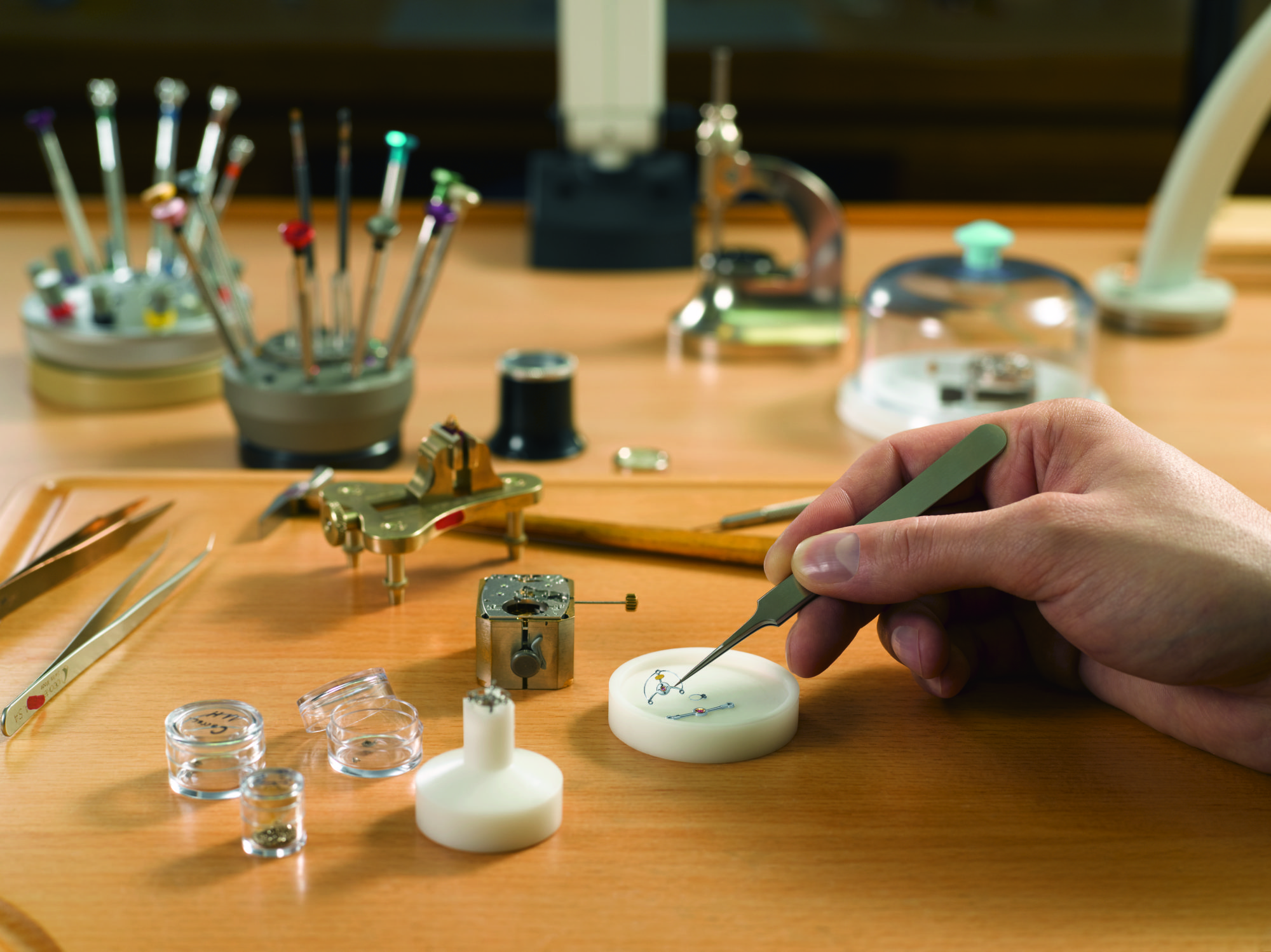
Examining some of the smallest watch components.
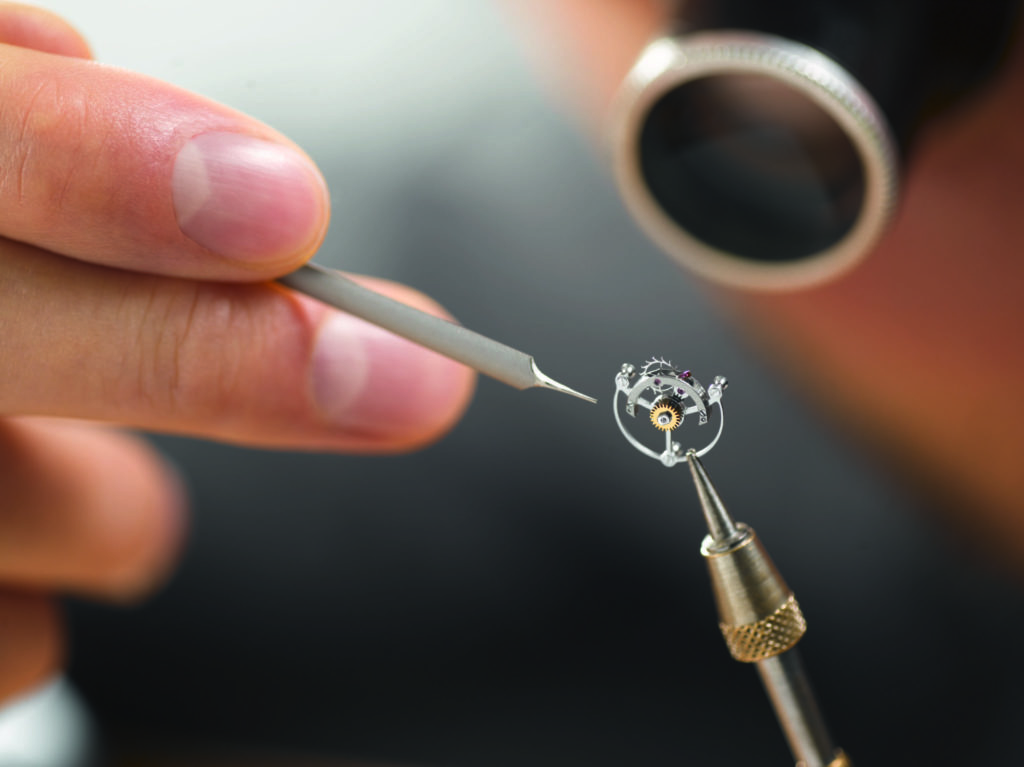
An escapement produced at Atokalpa.
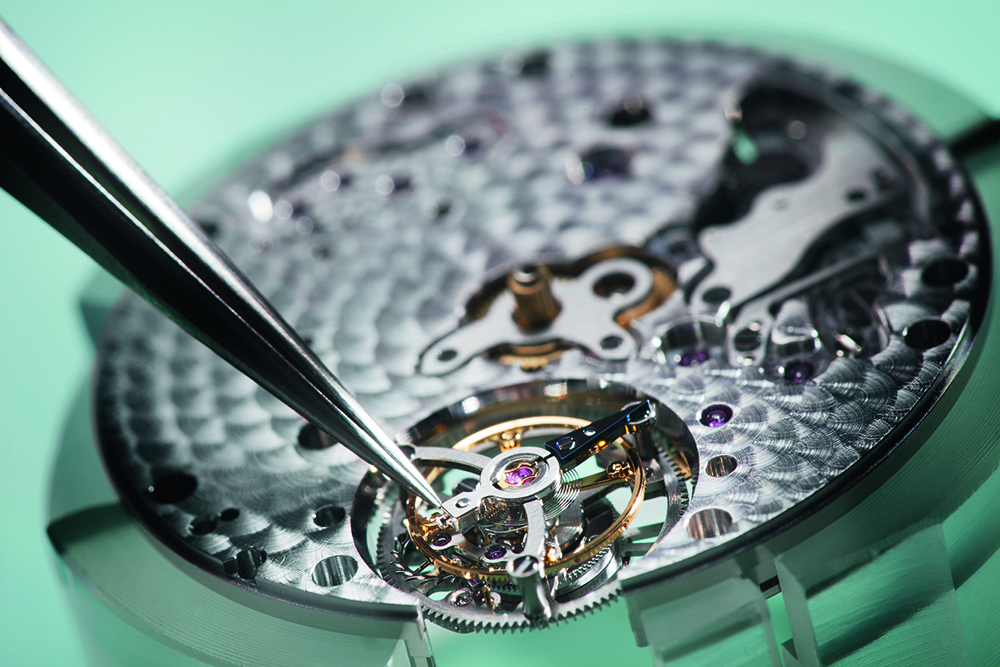
Fitting a tourbillon escapement into a movement.
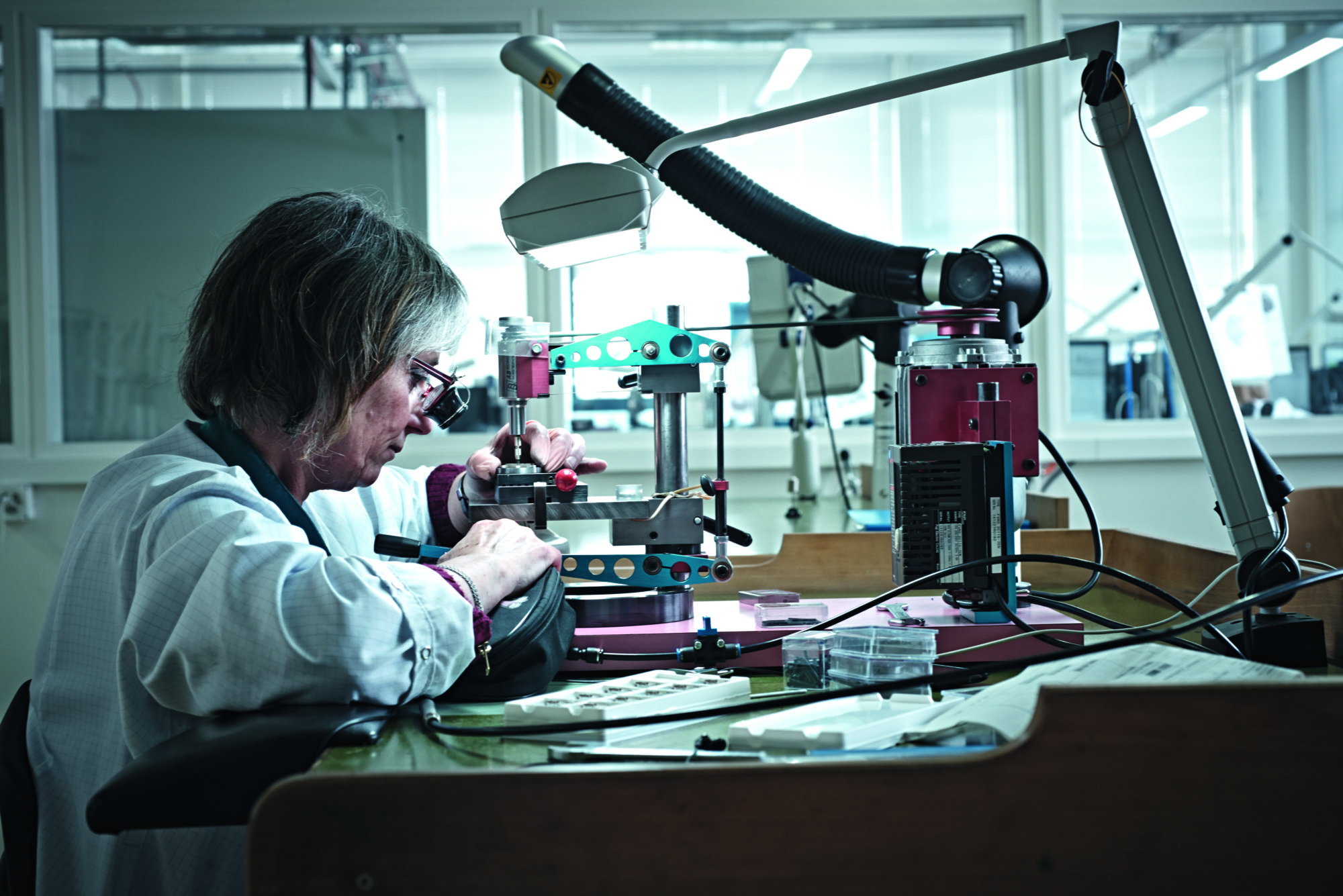
Decorating the movement.
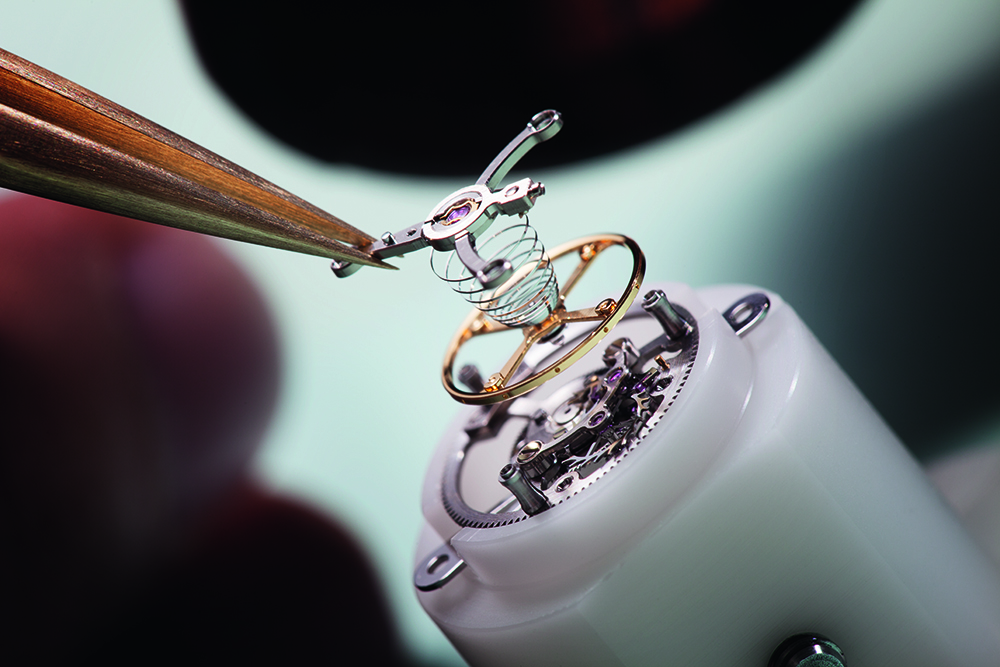
Fine tuning an escapement.
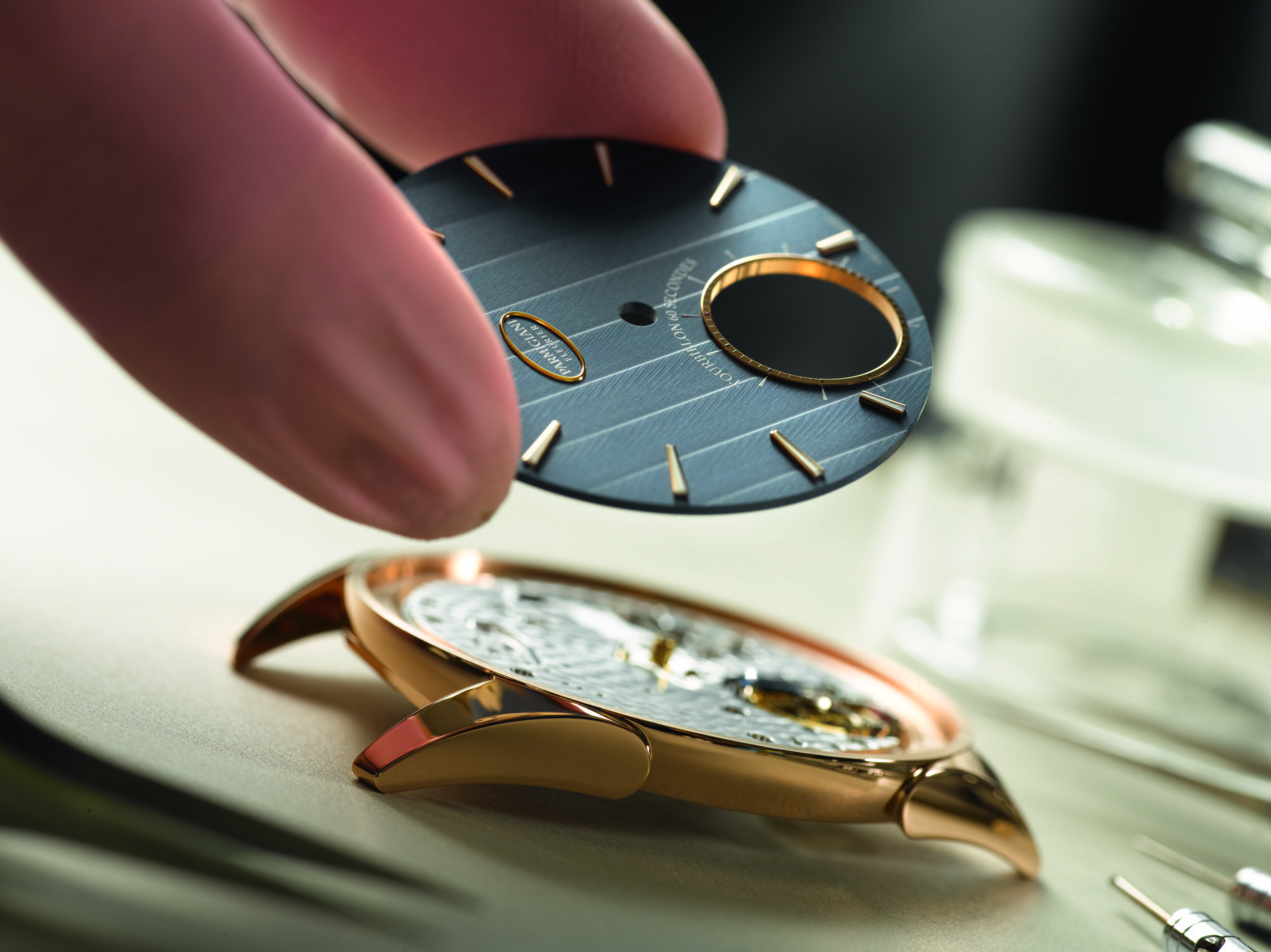
Applying the dial, which is made in house at Quadrance et Habillage.
This story previously appeared in the June/July issue of Watch Journal, a Surface Media publication.
